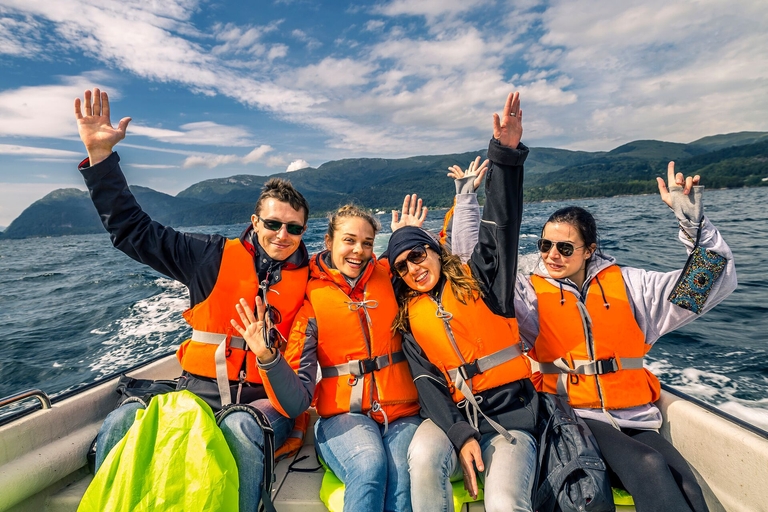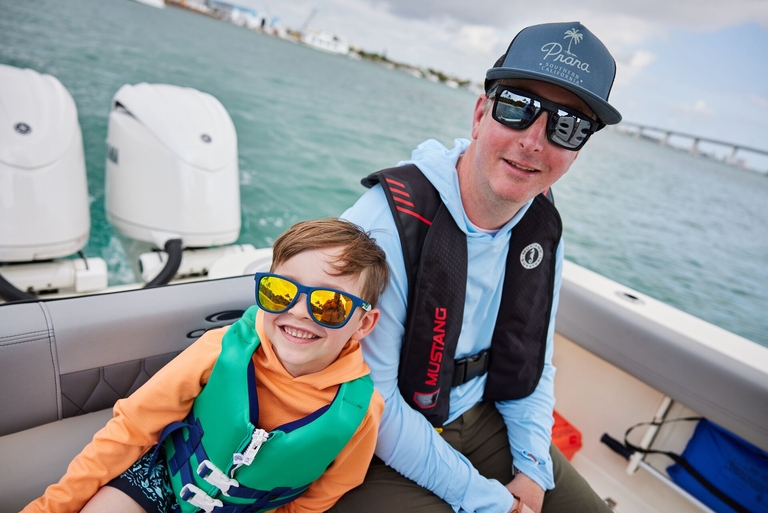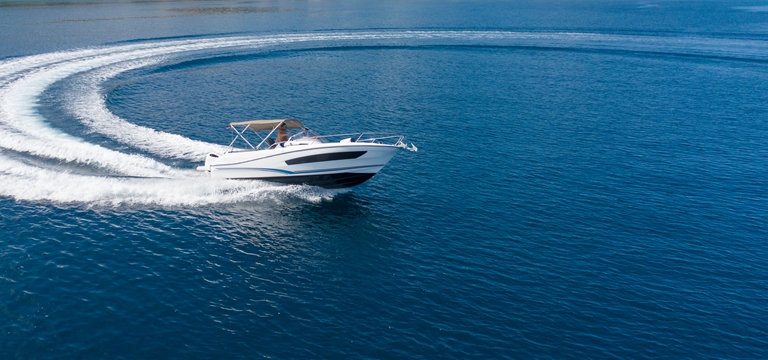What Boat Stern Lights Are Required at Night?
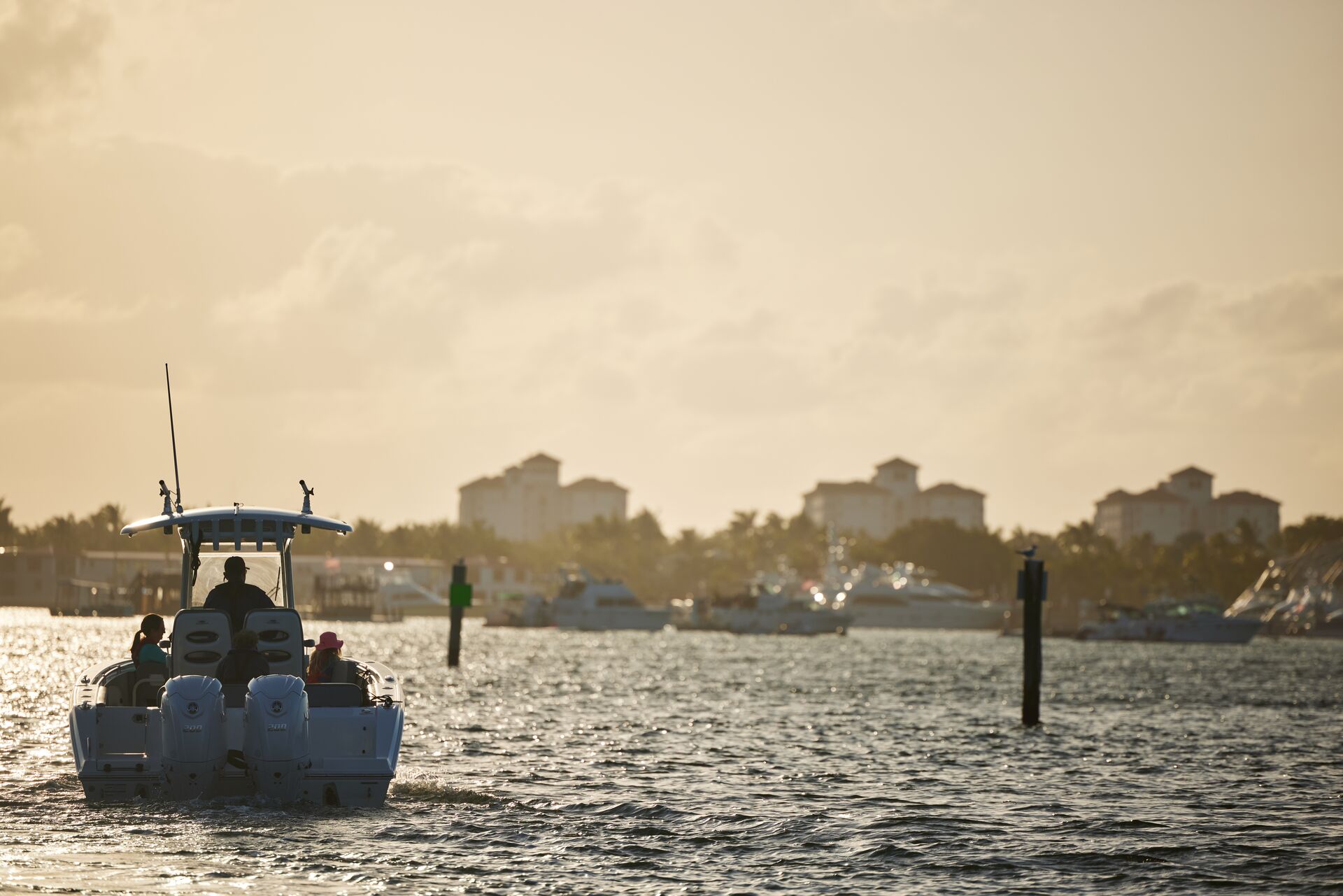
The right safety options and other equipment on your boat are extremely important. You want to protect yourself and others while having as much fun on the water as possible.
Whether you're fishing for bass, pulling a tube or a waterskier, or just cruising around for the day, when it gets dark, you need to make sure people can see you.
That's why boat stern lights are essential: you don't want to risk a collision with another vessel that doesn't realize you're there. Boat lights are vital for safety, but that's not the only reason you should have them. They're also needed for compliance with maritime laws. You could be ticketed and fined if you don't have the right ones in the right colors and when and where you're supposed to.
So, what boat stern lights does your boat need to keep you safe and comply with regulations — especially at night? We'll cover all of that in today's blog!
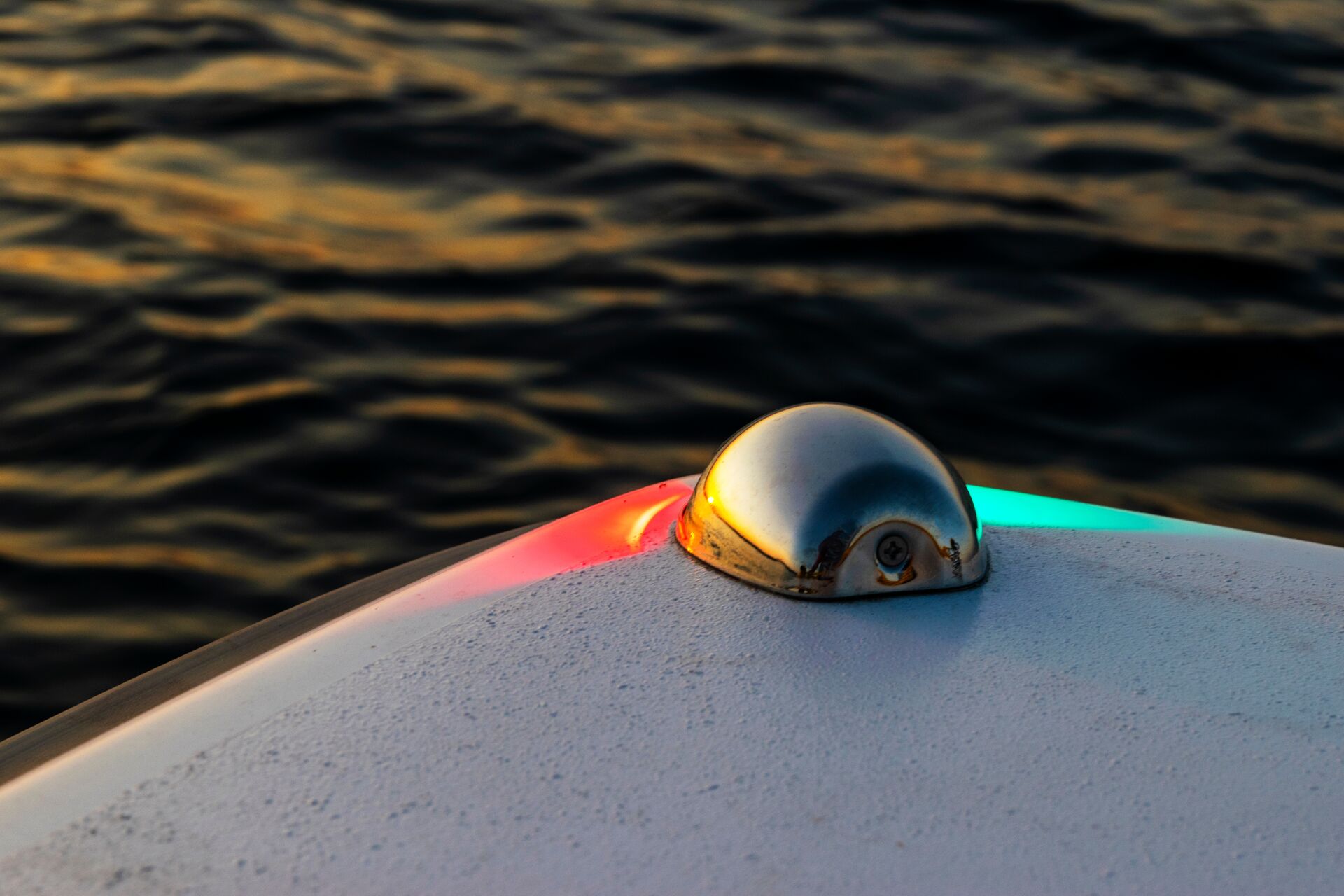
Types of Boat Lights
First, let's start with boat lights in general. There are several different boat lights, and how they're used matters. You want to get them right to keep the waterways safe and properly regulated.
Navigation Lights
Your boat's navigation lights include both red and green side lights. They're mandatory for most vessels and used to indicate the port (left) and starboard (right) sides of the boat.
You also need a white stern light as part of your navigational lighting. This helps vessels see you from behind.
A white masthead light is also required for power-driven vessels. It's positioned on the front mast and visible from the front and sides to make it easier for other boats to see where you're located in the water.
Some smaller boats use an all-around white light instead of masthead and stern lights, as this kind of light combines those functions.
Anchor Lights
When your boat is anchored, a white anchor light must be visible around the horizon. This shows that the vessel is stationary, reducing the chances of a collision.
Make sure it's not in use when you're underway, as this can cause confusion and potentially lead to an accident.
Special Lights
Sometimes boats need special lights for specific tasks, including the towing lights used by vessels towing other boats. Additionally, law enforcement uses flashing lights for their boats when patrolling the water.
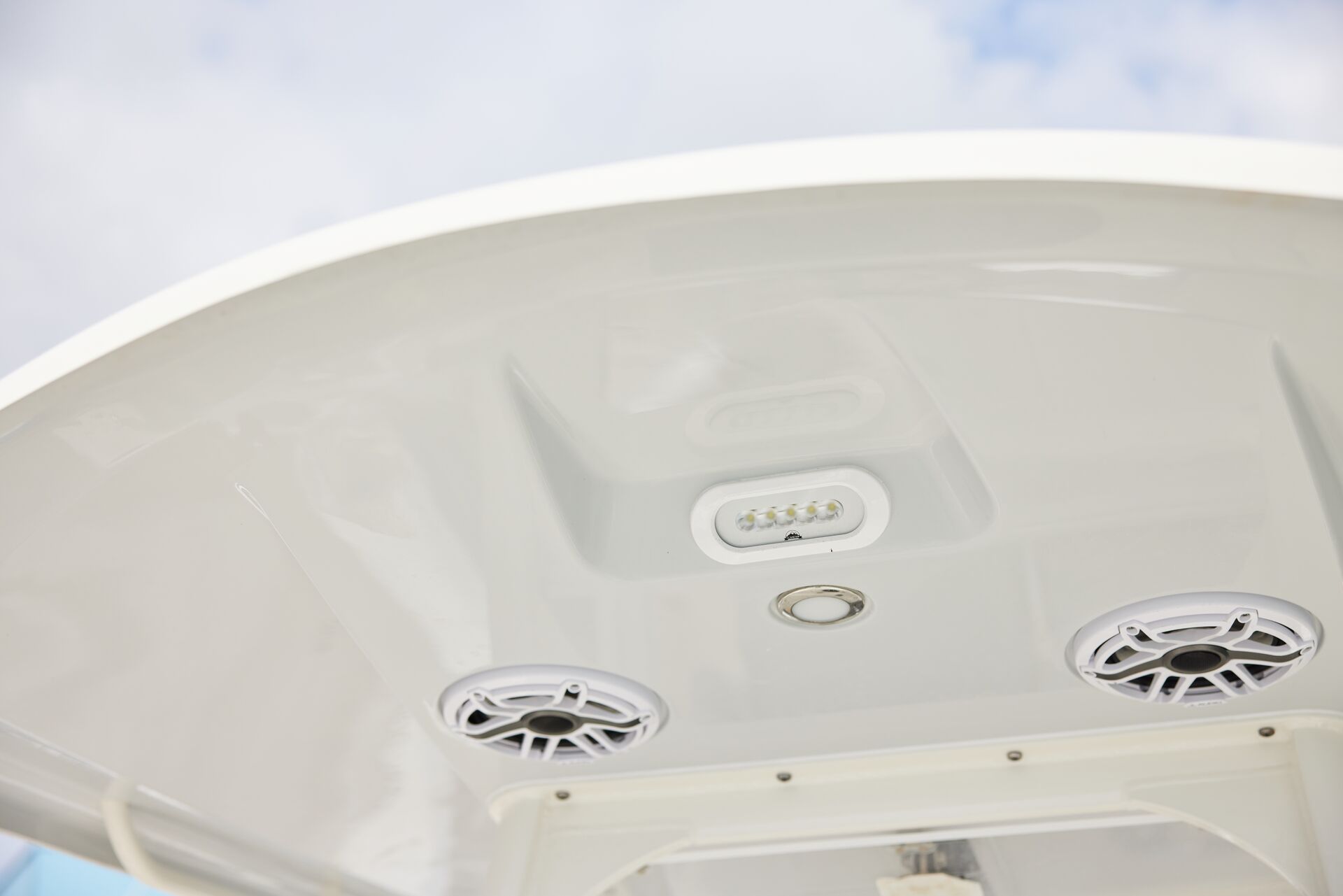
Specific Requirements Based on Boat Size
The size of your boat correlates with the kinds of boat lights you're required to use. Typically, boats fit into three categories: vessels under 12 meters, those between 12 and 20 meters, and those over 20 meters.
Vessels Under 12 Meters (39.4 Feet)
If under power, these smaller vessels should have an all-around white light. You'll also need sidelights and stern lights in a tricolor light at the masthead.
Vessels Between 12 and 20 Meters (39.4 to 65.6 Feet)
Bigger boats need more lights. Vessels in this category need separate sidelights, a stern light, and a masthead light if they're under power.
Vessels Over 20 Meters (65.6 Feet)
These large vessels require the most lighting.
If they're under power, they should have two masthead lights: one at the front and one at the rear. They also need separate sidelines, a stern light, and additional white lights based on their specific size.
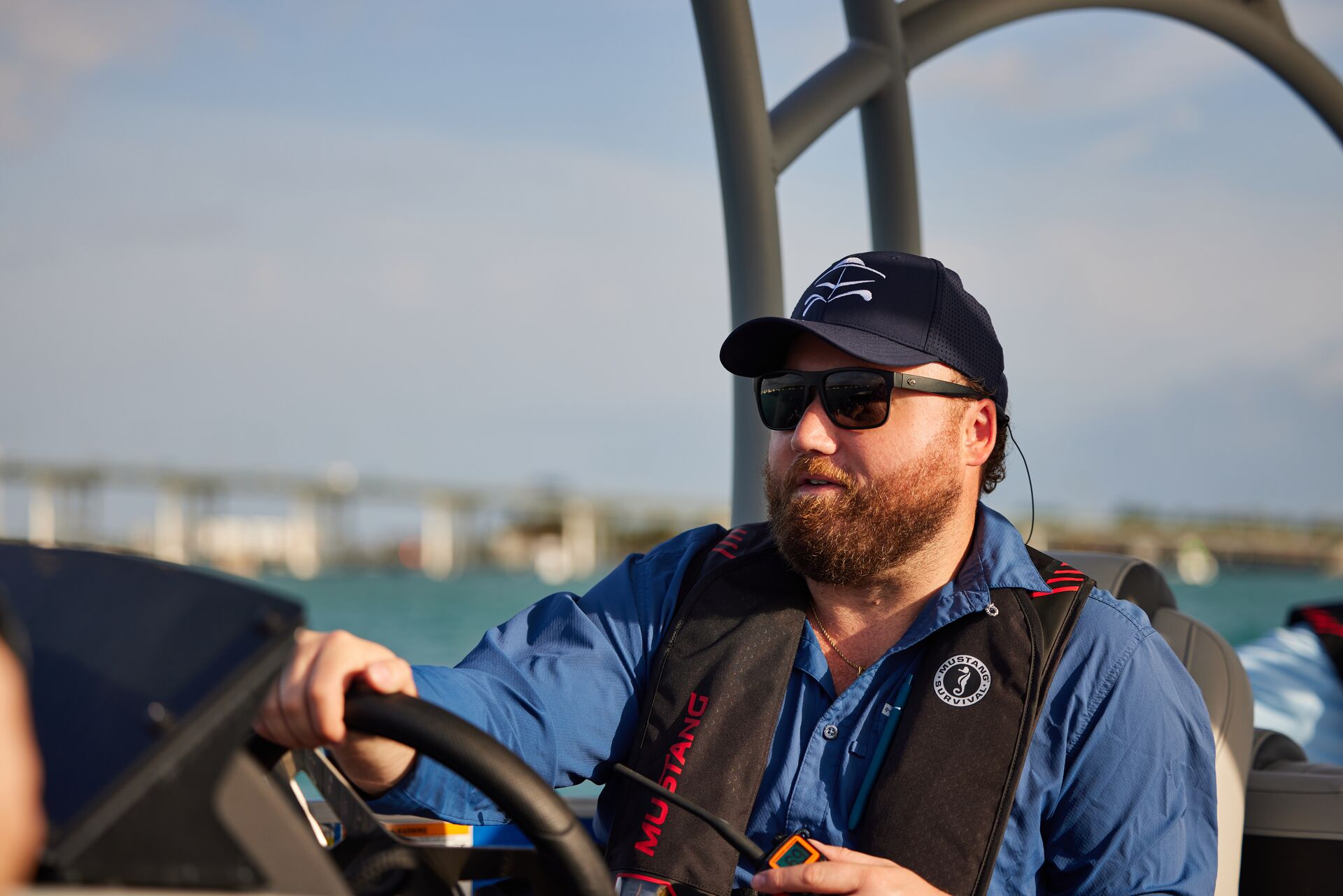
Usage Scenarios
How a vessel is being used can also affect what kinds of lights it has to display at night.
If it's underway and driven by power, it must display red and green sidelights, a masthead light, and a stern light. If it's underway and sailing, it can use the same combination as a power-driven vessel or a tricolor light to replace individual sidelights and a stern light.
At anchor, vessels need an all-round white anchor light.
What About at Night?
Between sunset and sunrise, boats must display navigation lights (those are the red and green lights on the bow of your boat).
Masthead and stern lights are also crucial for night time navigation. These bright white lights make your boat visible to other boaters in the dark.
Common Mistakes to Avoid With Boat Stern Lights
You don't want to put yourself and others at risk by using boat stern lights or other vessel lights incorrectly.
The wrong light colors and incorrect placement are common issues, as are lights that aren't bright enough.
To avoid these kinds of problems, all lights must be appropriately placed based on visibility requirements and regulations. Also, make sure you're using the correct colors to prevent confusion and choose bright lights for good visibility.
Maintenance Tips
Focusing on good boat maintenance is very important, and your lights are no exception.
Inspect lights frequently for proper functionality and ensure they're working as expected. During your inspection, clean the lenses and ensure they aren't obstructed in any way.
You should always carry spare bulbs on your vessel and know how to replace dim or malfunctioning bulbs. You don't want to be caught out on the water with bad bulbs or without the tools to replace them.
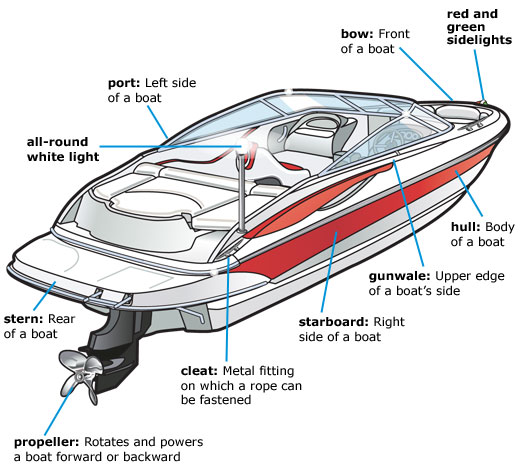
Learn More About Boat Safety Essentials with Boat-Ed
Understanding boat stern lights is important, but there's much more to being safe on the water! Along with taking good care of your boat lights, it's essential to be comfortable with basic boating safety. You can do that by taking a boating education course through Boat-Ed.
Through our online course, you'll learn a lot of great information to help you get out on the water confidently for a better boating experience. You'll also learn everything required by your state to pass the test for your boating education card to boat legally every season.
It's easy to get started! Choose the course for your state and start learning.

